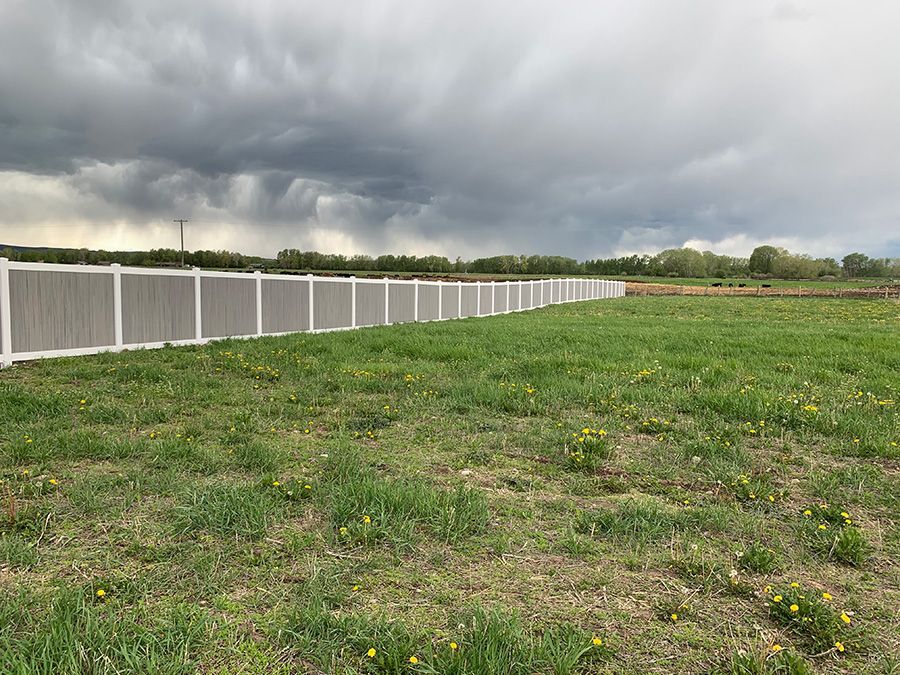Ornamental iron fences are not just about marking boundaries—they are a testament to artistic craftsmanship and history. The history of ornamental iron fences reveals their evolution in architecture and culture, blending functionality with timeless elegance. Come along as we uncover the origin, evolution, and lasting impact of ornamental iron fences on modern design.
The Beginnings of Ornamental Iron Fencing
The origins of ornamental iron fencing can be traced back to the ancient civilizations of Egypt and Rome, where metals like iron and bronze were used to create barriers and decorative elements. These early iron fences were often simple and functional, designed more for security than aesthetics. However, as metallurgy advanced, so did the potential for more elaborate and artistic designs.
Key Historical Design Changes
By the 17th century, ornamental iron fencing began to take on more intricate designs, especially in Europe. The industrial revolution in the 18th century played a crucial role in the mass production of iron, making it more accessible and allowing for even more complex designs. Gates and fences with elaborate scrollwork, finials, and decorative patterns became common features in palaces, estates, and even city streets. The history of ornamental iron fences truly blossomed during this period, with iron being used not just for functionality, but also for aesthetic appeal.

How Culture Shaped Ornamental Iron Fencing Designs
As iron fencing became more widespread, the designs started to reflect the cultural influences of different regions. In France, for instance, the ornate, baroque-style fences showcased the country’s rich aristocratic heritage. Meanwhile, in the United States, iron fences became a status symbol, particularly in the 19th century, as wealthy landowners and industrialists sought to showcase their prosperity with grand, decorative fences. These cultural shifts led to the creation of diverse designs, each with its own unique features based on regional tastes and available materials.
Contemporary Adaptations of Ornamental Iron Fencing
Today, ornamental iron fencing has evolved to meet the needs and tastes of the modern world. While traditional styles remain popular, there has been a rise in contemporary adaptations that combine the elegance of old-world design with new materials and technologies. Modern iron fences can be found in both residential and commercial properties, offering a combination of security, durability, and visual appeal. Today’s designs continue to honor the history of ornamental iron fences while embracing sleek, minimalist styles that cater to a range of architectural preferences.
Wrapping Up
The history of ornamental iron fences spans centuries, transforming from simple security features to beautiful works of art. Whether you’re considering ornamental iron fencing for your property or simply admire its craftsmanship, the rich legacy and modern adaptations of these fences make them an exceptional and timeless option.
What style of ornamental iron fencing do you prefer for your home or business? Let us know in the comments below!
#OrnamentalIronFencing #HistoryOfFencing #IronFences #FenceDesign #Metalwork #DecorativeIron #FencingHistory #ModernDesign #CulturalDesign